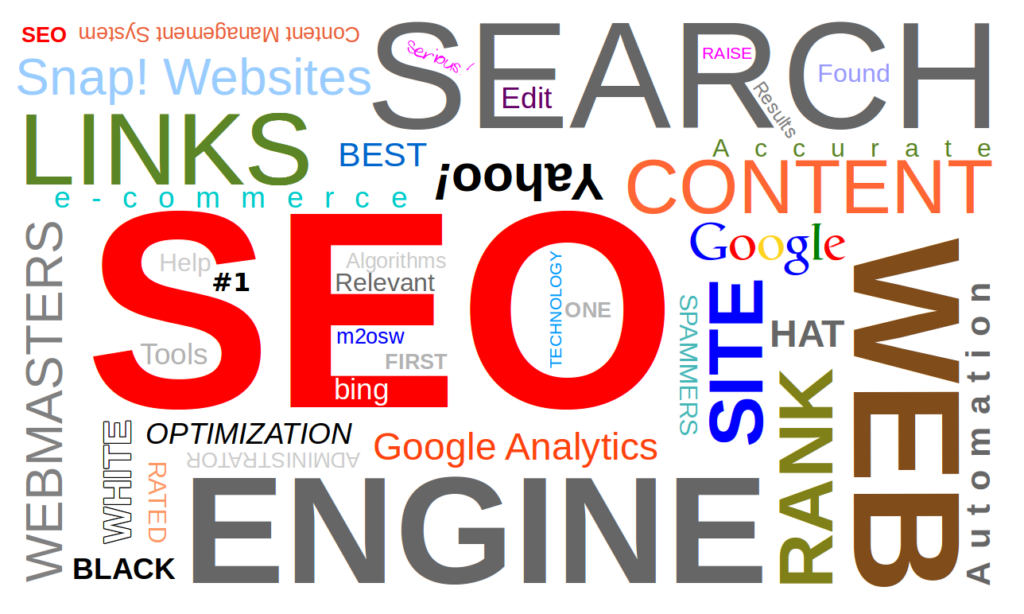Need to grow your website’s traffic and improve your search rankings? A detailed, well-organized SEO strategy is exactly what you need to accomplish this. In order to do this, you must know the basic types of tags and their importance. In this article, our main focus is to explain title tags and meta description tags, but we will also discuss other tags you can implement to help your SEO!
Title Tags: The purpose of a title tag is to provide a clear and comprehensive idea of what the page’s content is about. Well-written, optimized titles can definitely help improve rankings. This is because the title tag is what helps the searcher know if this page will answer their question or not. In order to get the best results, you should give each page a unique title, and try to keep the length of the title between 50-60 characters.
Example:
Meta Description Tags: The meta description tag, similar to the title tag, gives the reader an idea of what the page is about. The difference between this and a title tag is that the meta description tag gives more detail, and is similar to a small paragraph about the page. A well-written meta description will impact how many clicks you get to your page. It is important to make the meta description detailed, clear, and to the point. This should be no longer than 160 characters.
Example:
Heading Tags: Heading tags, also known as the H1- H6, are the headings and subheadings within your pages. The numbers represent the number of importance. For example, H1 is the main title to the page, then H2 would typically be the subheading, and so on. Small details and the use of keywords can lead to an increase in rankings. For best results, use an H1 that reflects what the page is talking about while using some keywords. It is important to use keywords without overloading the user with them, making the title unclear.
Example:
Image Alt Tags: The purpose of an image alt-tag is to describe the image’s content while also providing context since search engines cannot physically see the image. A clear alt tag description will increase the chances of the image appearing in google image results. The alt tag is an HTML attribute added to an image that appears on the website’s page. For best results, keep alt-tags clear and simple, and make sure keywords flow naturally.
Example:
In conclusion, it is very important to use the main keyword in each of those tags, but remember not to overload the tags with the keyword in order to make them clear and readable to the audience and search engines too. Remember to be accurate, and keep the length of your tag length within the recommended number of characters.
Have any questions about SEO and optimizing SEO tags for your website? Contact Robb Digital to discuss your SEO needs!






